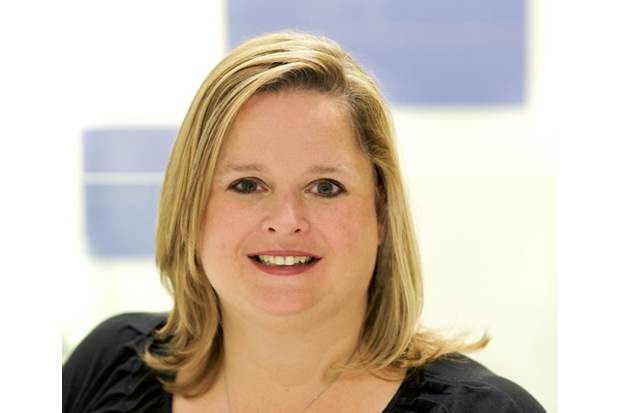As non ILS specialist capital enters, cat bond market is stabilizing: Anger, GC Securities

Increasingly, non ILS specialist capital is entering the catastrophe bond market, as many investors that have allocated before return, and this is helping to stabilize the market, according to Cory Anger of GC Securities.
Speaking with Artemis, Cory Anger, Managing Director at GC Securities, the capital markets and insurance-linked securities (ILS) arm of reinsurance broker Guy Carpenter, explained some of the trends being seen in the ILS market, on the investor and product side.
Key to delivering on another bumper year of catastrophe bond issuance is a resumption of capital flows, that can help to stabilize market conditions and make issuance easier and outcomes more predictable for sponsors.
Anger said that returning investors are now being seen, likely attracted by cat bond spreads returning to near-record highs.
Positively, this capital is helping to provide some balance to a market that has seemed capital constrained, or at the least faced capacity uncertainty in recent months.
“As a result of widening risk spreads and more resilient structures non ILS specialist capital is re-entering the 144a catastrophe bond product, with most of this capital typically coming from institutions that have ILS investing experience at some point over the market’s 20 year plus history,” Anger said.
Adding that, “This capital, while price sensitive, is having a stabilizing influence on the amount of capacity available in the market.”
Which is positive for executing on the forward-pipeline of new cat bond issuance that Anger hopes we might see in 2023.
These non-specialist investors in ILS have come and go from the market over the years, but an increasing number are allocators that last invested in cat bonds over a decade ago. Growing interest in the asset class is being seen thanks to the much higher spread levels available in 2023, which have risen on the back of higher reinsurance pricing.
However, investors still need to see clear benefits of allocating to the ILS market and catastrophe bonds, Anger said, with relative performance compared to other asset classes still important despite the higher-yields.
She explained, “It ultimately depends upon whether the attributes of the current ILS space yields (with approximately 50% increase from Q1 2022 to Q4 2022) are viewed favourably relative to traditional capital markets yields (given the stress that global economies have been facing due to inflation and rapid interest rate increases).
“Investors value the low correlation but remain concerned about risk assessment keeping up with the impact of climate change.”
In terms of what needs to continue to happen, to help investor appetite for ILS and cat bonds grow, Anger pointed to two key areas, the broader capital markets and also risk modelling.
Anger feels that the capital markets overall need to stabilize, to drive investors back towards allocating again.
“Stable interest rates and less volatile equity indices will help capital markets yields stabilize,” she said.
While the other important element is providing confidence in the risk modelling used by the ILS industry and undertaken by ILS investment managers.
As, “Models, exposure and/or modelling assumptions that align with recent losses and capture the impact of any climate change give investors confidence that it can properly price and assume such risks,” will be key to regaining investor confidence in the ILS asset class, Anger told us.
Read all of our interviews with ILS market and reinsurance sector professionals here.






